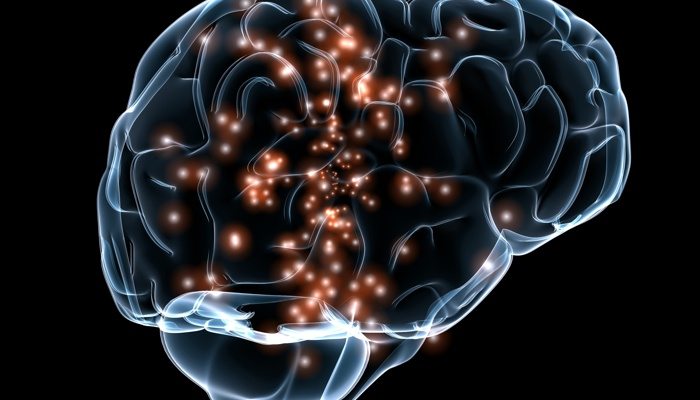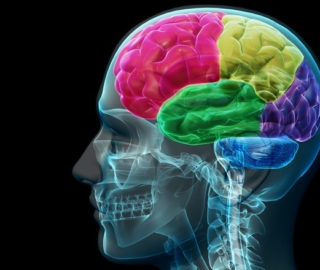
One of the problems facing BCI has been the fact that the electrodes used to interface with the brain are rigid, whereas brain tissue is soft and moves within the cranium. This means that it’s tough to follow individual neurons because as the brain moves, the inflexible electrodes drop the signal they’re tracing. Researchers at Arizona State University and Sandia National Labs, a subsidiary of Lockheed Martin, are now working on neural interfaces that can trace individual neurons even as the brain moves, reports Med Gadget.
Jit Muthuswamy, an associate professor of biomedical engineering at Arizona State University, is developing smart neurons that are capable of communicating with single neurons in numerous applications, including brain prosthesis. Not only will the smart electrodes make brain-computer interfaces more reliable, they will also help us learn a great deal about the brain’s functioning.
One of the main challenges of the project is the scale. Microelectrodes and microscale actuators are vital so that contact can be established with individual neurons, while at the same time avoiding damage to the surrounding tissue. The system developed by Muthuswamy and his team allows a probe to move independently in and out of the areas surrounding an individual nerve cell, collecting information and compensating for any natural movement.
“The process flow we use to make these isn’t available anywhere else in the world, so the level of complexity and mechanical design space we had to design and fabricate these was immensely larger than what other researchers might have,” said Sandia engineer Murat Okandan in a news release from Sandia National Laboratories.
The team is now working on building a system with a three-dimensional, stackable array of microelectrodes, which would be able to provide even more detailed information about the brain.
Image credit: Newsledge







